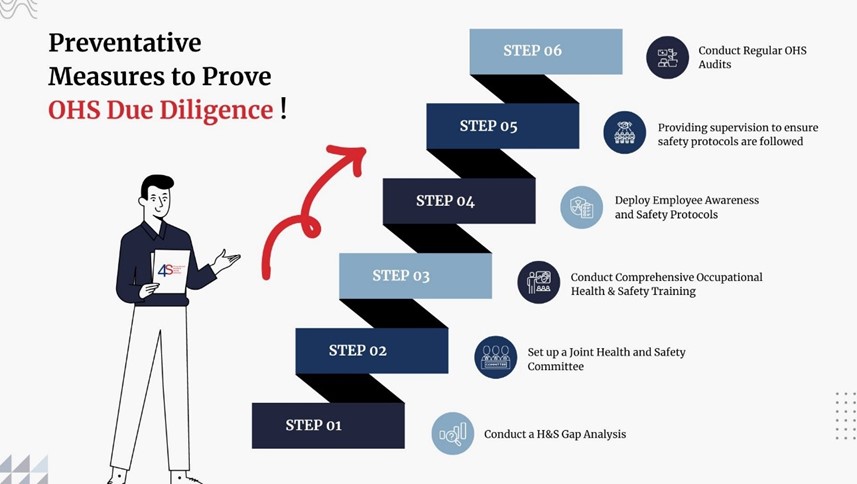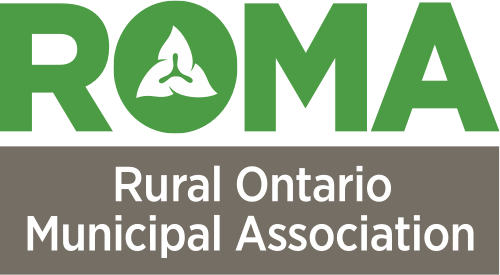Understanding Municipal Liability & the Sudbury Case
By Sobi Ragunathan
Vice President of Operations, Strategy, & Partnerships
The recent Supreme Court decision in the City of Sudbury vs MLITSD case highlights significant legal responsibilities for municipalities in Ontario regarding workplace safety. The ruling, which involved the City of Sudbury, underscores the stringent requirements under the Occupational Health and Safety Act (OHSA) and the consequences of non-compliance. Municipalities are subject to fines of up to $500,000 and imprisonment for up to one year for violations. This article delves into why the municipality was fined and how similar situations can be avoided.
The Sudbury Case: A Breakdown
- Context and Charges: The City of Sudbury faced charges as both a "constructor" and an "employer" under the OHSA for breaches of specific safety regulations.
- Outcome: The city was subject to a significant fine, highlighting the severe legal repercussions for failing to meet OHSA standard despite not having much control over the construction site and the workers
Why Was the Municipality Fined?
- Failure to Meet Employee Safety Standards: The primary reason for the fine was Sudbury's failure to adhere to established safety standards, which could have prevented the tragic incident.
- Inadequate Risk Assessment: The lack of a comprehensive risk assessment for the project was a significant contributing factor to the accident.
- Insufficient Safety Training and Supervision: The court found that the City did not provide adequate training and supervision to its workers, a critical lapse in fulfilling its legal obligations.
- An owner who contracts with a constructor is an employer: This Means that the City of Sudbury became an employer as soon as it started it’s contract with Interpaving Ltd, an independent road building company who was tasked with road work by the municipality, and was thus responsible for employee safety protocols.
Learn More from a legal firm by watching this webinar.
Avoiding Similar Fines: Strategies for Municipalities

- Conducted a H&S Gap Analysis – This will help you to identify gaps in your safety program as well as provide actionable items to pursue.
- Comprehensive Occupational Safety Training: Regular and thorough training programs for all employees, especially those engaged in potentially hazardous tasks, are crucial.
- Adherence to Occupational Safety Protocols: Municipalities must ensure strict compliance with OHS laws and guidelines to mitigate risks.
- Regular OHS Audits: Conducting frequent audits and inspections can help identify and rectify potential safety hazards.
- Employee Awareness & Safety Programs: Raising awareness about safety practices among employees can foster a culture of safety. Creating a JHSC Committee is the first step!
- Effective Supervision: Providing adequate supervision, ensuring that safety protocols are followed can significantly reduce the risk of accidents.
- Effective Subcontractor Management Systems: Implementing a robust subcontractor management system plays a pivotal role in helping municipalities manage and monitor the compliance of all contractors and subcontractors. This system ensures that all subcontracting entities adhere to strict health and safety standards, thereby significantly reducing the risk of non-compliance fines.
By investing in robust safety programs, training, and risk management strategies, municipalities can safeguard against legal repercussions and foster safer work environments.





